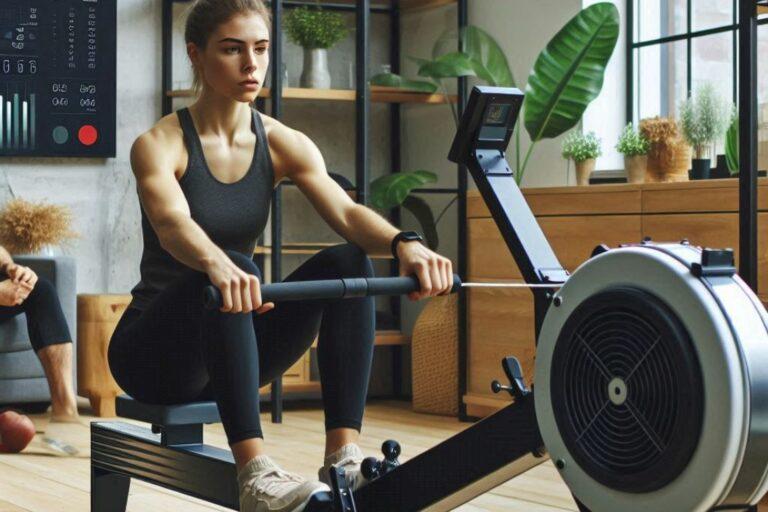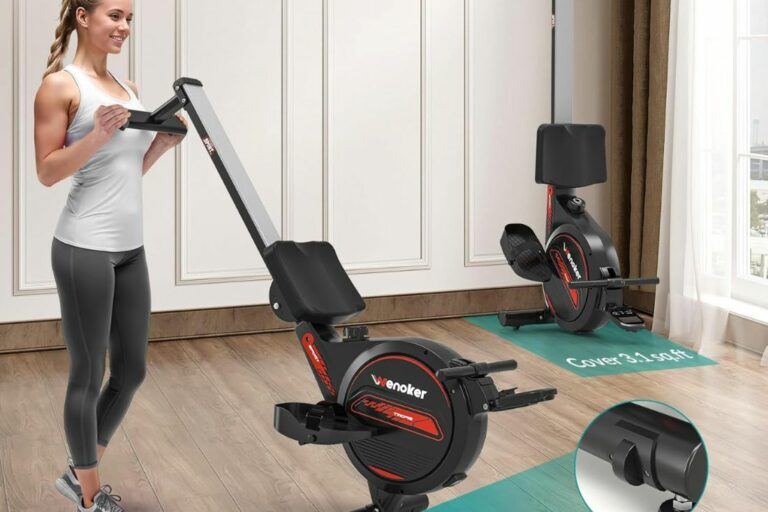Are you searching for a low-impact, full-body workout that can be done from the comfort of your own home?
Rowing machines offer numerous benefits that make them an excellent choice for fitness enthusiasts of all levels.
Many people may not be aware of the full range of benefits that rowing machines can provide.
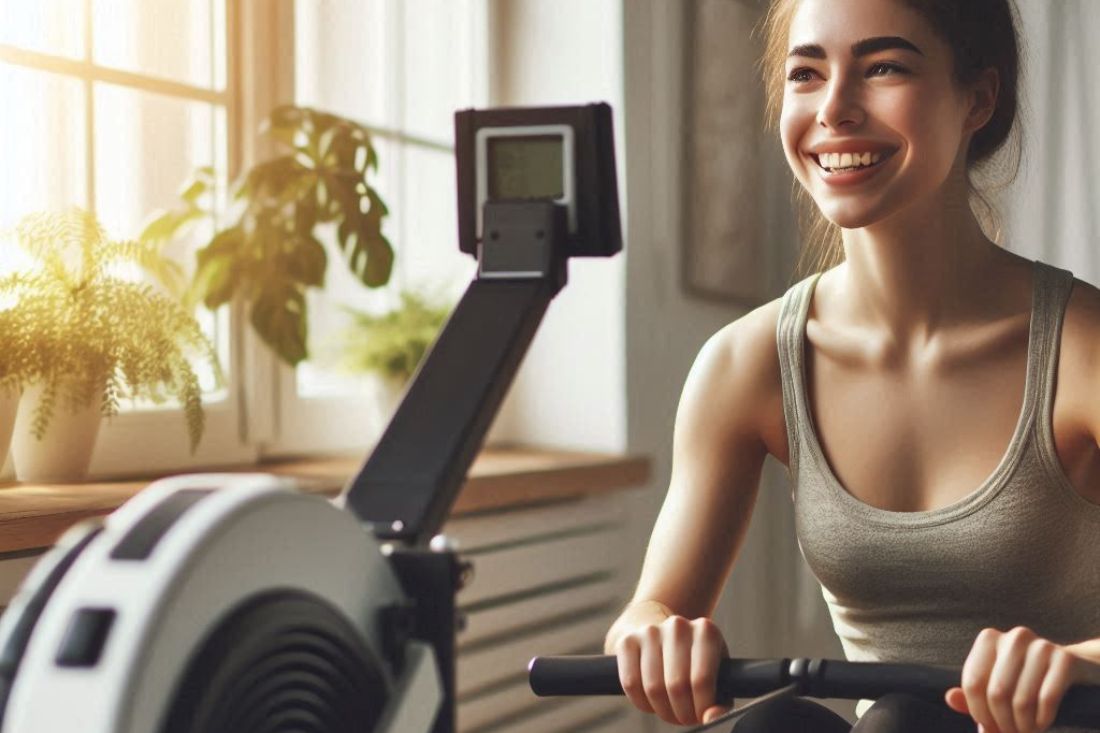
We will explore the various advantages of using a rowing machine, focusing on its low-impact nature and full-body workout capabilities.
By the end of this article, you’ll have a clear understanding of why rowing machines are a valuable addition to any home workout routine.
Low-Impact Cardio Benefits
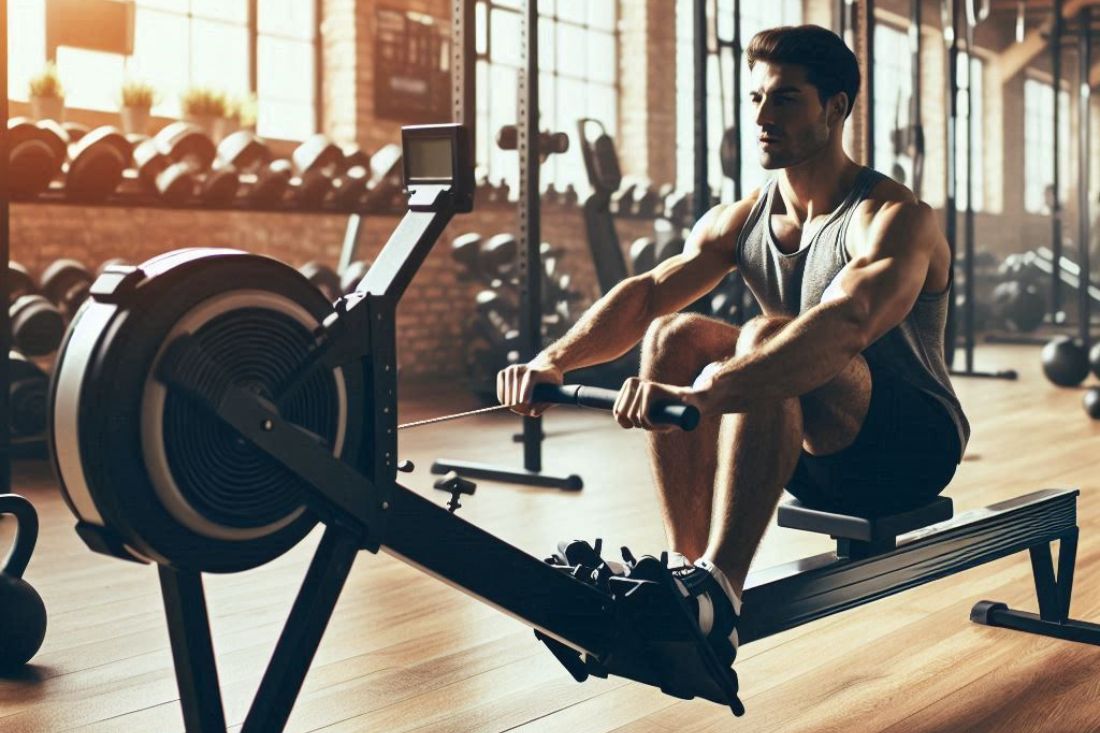
Rowing machines offer a low-impact workout that is gentle on the joints.
This makes them suitable for people with arthritis, injuries, or other joint conditions.
Unlike high-impact exercises like running or jumping, rowing puts minimal stress on the joints, reducing the risk of pain and injury.
In addition to being gentle on the joints, rowing is an excellent form of cardiovascular exercise.
Regular rowing can improve heart health, lung capacity, and endurance.
The rhythmic nature of rowing engages the cardiovascular system, strengthening the heart muscle and improving blood circulation.
Rowing machines are also highly effective for burning calories.
Regular rowing can help you lose weight and maintain a healthy body composition.
The full-body workout provided by rowing machines engages multiple muscle groups, leading to increased calorie expenditure.
Full-Body Workout
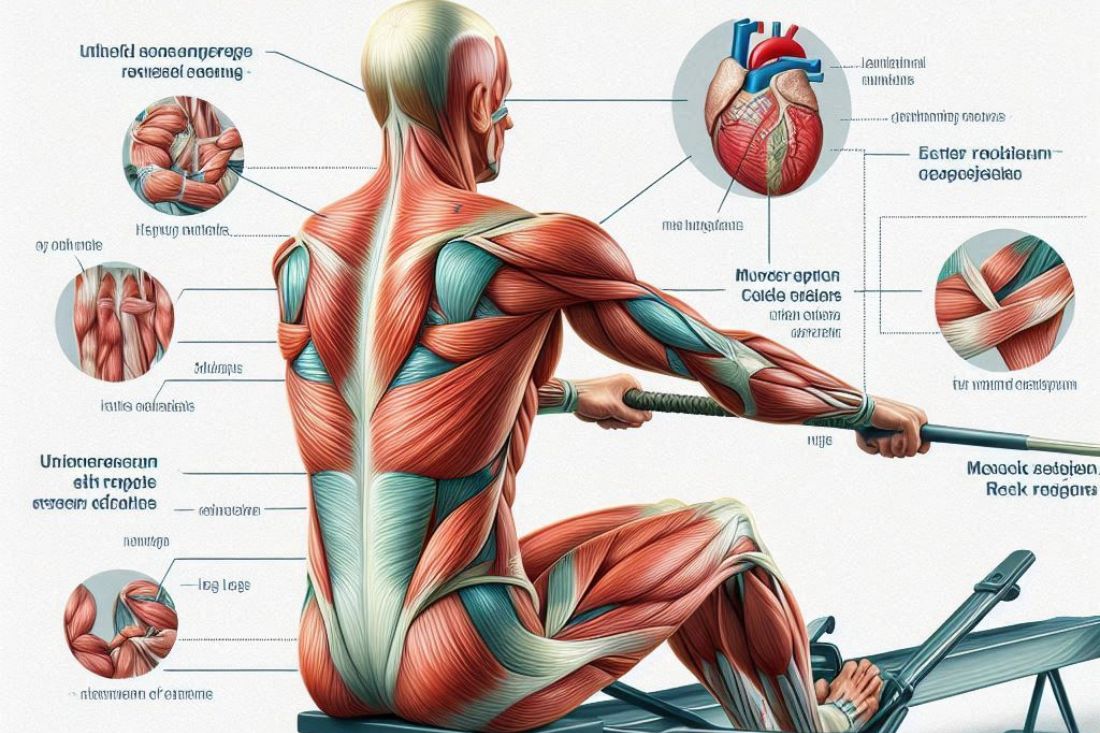
Rowing machines provide a comprehensive full-body workout, engaging multiple muscle groups simultaneously.
This makes them a highly effective tool for improving overall strength and fitness.
Muscle Engagement
When rowing, you engage muscles throughout your body, including:
- Upper Body: The arms, shoulders, back, and chest are all actively involved in the rowing motion.
- Core: The core muscles, including the abs, obliques, and lower back, are essential for maintaining proper form and stability.
- Lower Body: The legs, glutes, and hamstrings are also engaged during the rowing stroke.
This full-body workout can help you build strength, improve balance, and enhance overall coordination.
Upper Body Strength
Rowing is an excellent exercise for strengthening the upper body muscles.
The rowing stroke targets the arms, shoulders, back, and chest, helping to develop strength and definition.
Core Strength
A strong core is essential for good posture, balance, and overall stability.
Rowing engages the core muscles, including the abs and obliques, helping to strengthen and tone this important muscle group.
Lower Body Strength
While rowing is primarily an upper body exercise, it also engages the lower body muscles.
The legs, glutes, and hamstrings are involved in the rowing motion, providing a full-body workout.
Additional Benefits
Improved Posture
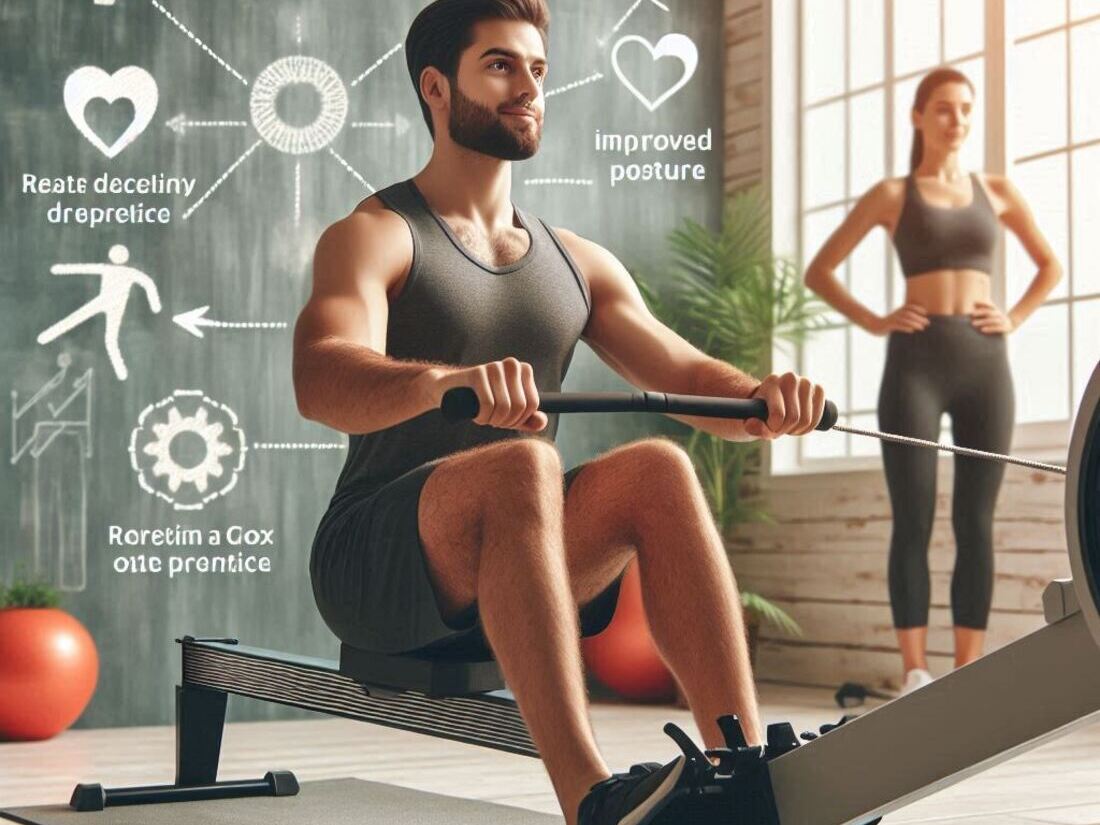
Rowing can help improve your posture by strengthening the muscles in your back and core.
Proper posture is essential for preventing pain, improving your appearance, and enhancing your overall well-being.
Stress Reduction
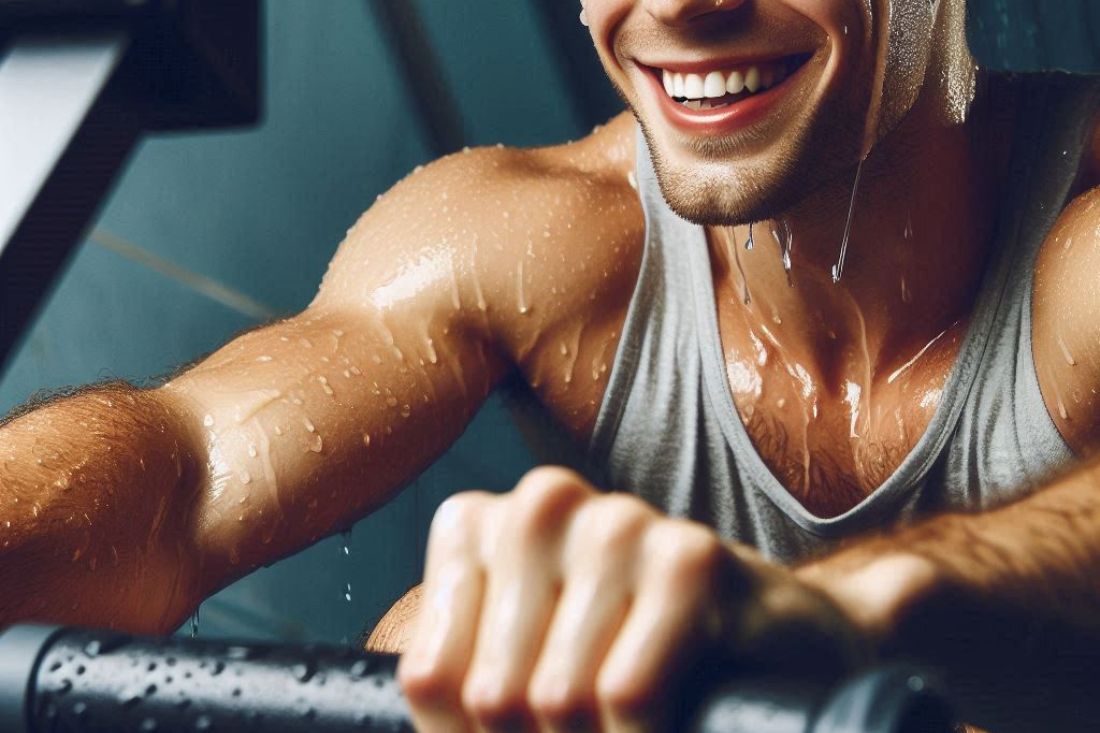
Rowing is a great way to reduce stress and improve your mental health.
The rhythmic nature of rowing can help you clear your mind and relax.
Additionally, the physical exertion can release endorphins, which are natural mood boosters.
Versatility

Rowing machines offer a versatile workout that can be tailored to your fitness goals and preferences.
You can adjust the resistance level, rowing speed, and workout duration to create a variety of challenging and enjoyable workouts.
By incorporating rowing into your fitness routine, you can experience the many benefits it offers, including improved posture, stress reduction, and versatility.
Comparison to Other Home Workout Equipment
Rowing machines offer several unique benefits compared to other popular home workout equipment:
Rowing Machines vs. Treadmills
- Low-Impact: Rowing machines are a low-impact exercise, making them gentler on the joints than running on a treadmill.
- Full-Body Workout: Rowing machines engage multiple muscle groups, providing a more comprehensive workout compared to treadmills.
- Versatility: Rowing machines offer a wider range of workout options, including interval training and resistance adjustments.
Rowing Machines vs. Ellipticals
- Joint-Friendly: Rowing machines are generally considered more joint-friendly than ellipticals, especially for those with knee or ankle issues.
- Upper Body Workout: Rowing machines provide a more significant upper body workout compared to ellipticals.
- Versatility: Rowing machines offer a more dynamic and challenging workout compared to ellipticals.
Rowing Machines vs. Exercise Bikes
- Full-Body Workout: Rowing machines engage both the upper and lower body, while exercise bikes primarily target the lower body.
- Low-Impact: Rowing machines are generally considered more low-impact than exercise bikes, making them suitable for people with joint issues.
- Cardiovascular Benefits: Rowing machines can provide a more intense cardiovascular workout compared to exercise bikes.
In conclusion, rowing machines offer a unique combination of low-impact cardio, full-body workout, and versatility that sets them apart from other home workout equipment.
By incorporating a rowing machine into your fitness routine, you can enjoy a comprehensive and effective workout that is suitable for people of all ages and fitness levels.
Tips for Getting Started with a Rowing Machine
Proper Form
- Sit up straight: Maintain a tall, upright posture throughout the rowing stroke.
- Keep your legs straight: Extend your legs fully before pulling the handle towards your chest.
- Engage your core: Use your core muscles to stabilize your body and maintain proper form.
- Row with your legs: Initiate the rowing stroke with your legs, pushing back against the footrests.
- Pull with your back: Engage your back muscles to pull the handle towards your chest.
- Finish the stroke: Extend your arms and lean back slightly to complete the stroke.
Setting Up Your Rowing Machine
- Adjust the seat height: Adjust the seat height so that your knees are slightly bent when your feet are flat on the footrests.
- Adjust the handle position: Ensure the handle is at the correct height for your arm length.
- Check the resistance level: Start with a low resistance level and gradually increase it as you become stronger.
Creating a Workout Routine
- Start slowly: Begin with short, low-intensity workouts and gradually increase the duration and intensity over time.
- Mix up your workouts: Incorporate a variety of rowing techniques, such as intervals, sprints, and steady-state rowing.
- Set achievable goals: Set realistic goals for yourself, such as rowing for a certain distance or improving your rowing speed.
- Listen to your body: Pay attention to your body and avoid overexertion.
- Rest and recovery: Allow your body sufficient time to recover between workouts.
By following these tips, you can safely and effectively incorporate a rowing machine into your fitness routine and enjoy the many benefits it offers.
Conclusion
Rowing machines offer a versatile and effective home workout option that can provide numerous benefits for people of all ages and fitness levels.
By incorporating a rowing machine into your routine, you can:
- Enjoy a low-impact workout: Rowing is gentle on the joints, making it suitable for people with injuries or arthritis.
- Strengthen your entire body: Rowing machines provide a full-body workout, targeting multiple muscle groups.
- Improve cardiovascular health: Rowing can help improve your heart health, lung capacity, and endurance.
- Boost mental health: Rowing can reduce stress, improve mood, and enhance overall well-being.
If you’re looking for a way to add variety, challenge, and effectiveness to your home workouts, consider investing in a rowing machine.
To get started, research different rowing machine models, set up your machine properly, and gradually increase the intensity of your workouts.
For personalized guidance and advice, consult with a fitness professional who can help you create a rowing routine that aligns with your goals and fitness level.
Related Posts


